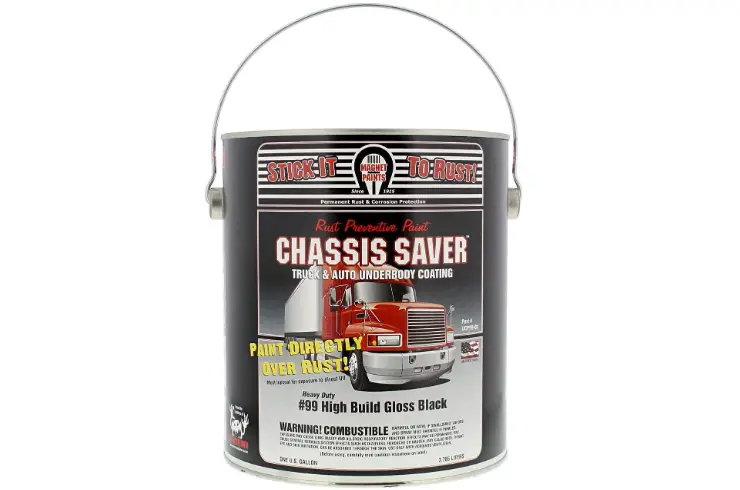If you are a DIY car enthusiast or a mechanic, you may be familiar with chassis saver. It’s a durable, protective coating that helps prevent rust and corrosion on the undercarriage of vehicles. However, working with chassis saver can be messy, and accidents can happen, resulting in the coating getting on your skin. In this article, we will provide you with some tips and tricks on how to remove chassis saver from skin.
Contents
What is Chassis Saver?
Chassis saver is a protective coating designed to prevent rust and corrosion on the undercarriage of vehicles. It’s a durable coating that can withstand extreme temperatures, chemicals, and abrasion. Chassis saver is commonly used by DIY car enthusiasts and mechanics to protect their vehicles from rust and corrosion.
Why is it Important to Remove Chassis Saver from Skin?
Chassis saver contains chemicals that can be harmful to your skin. The coating can cause skin irritation, itching, and rashes. It’s essential to remove chassis saver from your skin as soon as possible to prevent any adverse reactions.
How to Remove Chassis Saver from Skin
Chassis Saver is a type of paint used to protect and restore the chassis of vehicles. If it gets on your skin, it can be difficult to remove, but the following steps may help:
Use Soap and Water
The first step in removing the chassis saver from your skin is to wash the affected area with soap and water. Use mild soap and warm water to lather up the area and scrub gently with a washcloth. Rinse with clean water and pat dry with a clean towel.
Use Mineral Spirits
If soap and water do not work, try using mineral spirits. Mineral spirits are a type of solvent that can dissolve the chassis saver coating. Soak a cotton ball or rag in mineral spirits and rub it onto the affected area. Let the solvent sit for a few minutes and then rinse with soap and water.
Use Acetone
Another option is to use acetone. Acetone is a powerful solvent that can break down the chassis saver coating. Soak a cotton ball or rag in acetone and rub it onto the affected area. Let the acetone sit for a few minutes and then rinse with soap and water.
Use a Pumice Stone
If the chassis saver has dried and hardened on your skin, you can use a pumice stone to remove it. Wet the affected area and rub the pumice stone in a circular motion. Be gentle and do not apply too much pressure, as you do not want to damage your skin.
Use Vegetable Oil
If you do not have any of the above solvents on hand, you can try using vegetable oil. Apply a generous amount of vegetable oil onto the affected area and massage it in. Let the oil sit for a few minutes and then wipe it away with a clean cloth. Repeat if necessary.
Use Vinegar
Another household item that can help remove chassis saver from your skin is vinegar. Soak a cotton ball or rag in vinegar and rub it onto the affected area. Let the vinegar sit for a few minutes and then rinse with soap and water.
How to prevent chassis saver from getting on skin
To prevent Chassis Saver from getting on your skin, follow these safety tips:
- Wear protective clothing, such as gloves, long-sleeved shirts, and pants, when working with Chassis Saver.
- Use a brush or roller with a long handle to apply the Chassis Saver, and avoid leaning over the area you are painting.
- Work in a well-ventilated area or wear a respirator mask to prevent inhaling fumes.
- Be careful not to drip or spill the Chassis Saver, and clean up any spills immediately.
- Avoid touching your face, eyes, or mouth while working with Chassis Saver, and wash your hands frequently with soap and water.
Remember that prevention is always better than cure. By taking these precautions, you can avoid the hassle and potential harm of having Chassis Saver on your skin.
Conclusion
Chassis saver can be a useful coating for preventing rust and corrosion on the undercarriage of vehicles, but it can also harm your skin. If you get chassis saver on your skin, follow the tips and tricks of how to remove chassis saver from skin outlined in this article to remove it safely and effectively. Remember to wear protective clothing and gear when working with chassis saver to prevent it from getting on your skin in the first place.
